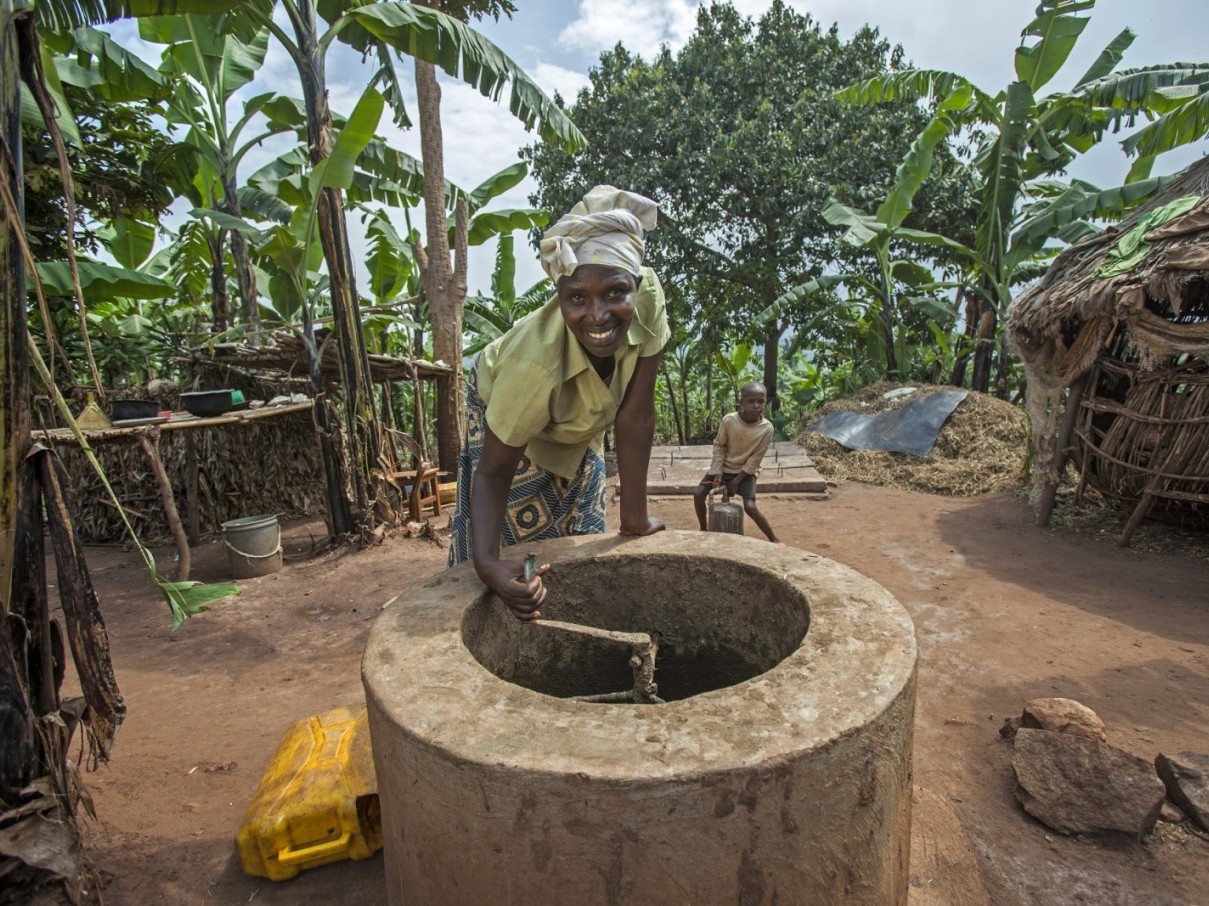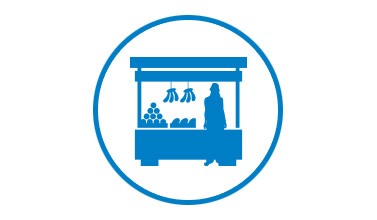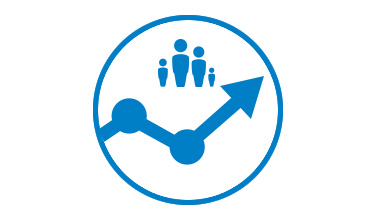Hand in Hand exceeds targets in Rwanda
03 Feb 2016

Gloria Kabagwira | Farmer | Mpanga region, Rwanda
Hand in Hand Eastern Africa is “contributing greatly to women’s economic empowerment” in Rwanda, according to a new independent report. Jobs targets in the country have also been vastly exceeded.
Published by independent evaluator DRIS, Bureau d’études et de conseil, the report lends weight to Hand in Hand’s aim, outlined in its 2013-2015 Strategic Plan, to “enter into strategic partnerships in new countries in order to scale up job creation more quickly.”
“Three years ago, we realised that partnering with local NGOs was the quickest, most effective and most sustainable way to reach our goal of creating 10 million jobs,” said Hand in Hand International CEO Josefine Lindänge. “Our experience in Rwanda will help open the door for more partnerships and further expansion in the years to come.”
Hand in Hand launched in Rwanda in 2012. Working with local partner CARE Rwanda, an NGO with years of experience mobilising Self-Help Groups in the country, the plan was to create 80,000 jobs by March 2015. Encouraged by stronger-than-expected results, the program was extended for a year. As of September 2015 – a full seven months before the programme’s conclusion – some 113,650 jobs had been created.
Factors explaining the programme’s success, says the report, include “solid partnerships with local NGOs, an effective supportive supervision system, an effective monitoring system, the complementarity between [CARE] and [Hand in Hand] methodologies and an enabling project environment.”
Other key findings include:
- “The analysis of results show that the most VSLG members were able to hire at least one person and that they are paying their employees in money (98.6%). In the Baseline Study, only 11% of VSLG members reported having hired an employee in the last 12 months.”
- The proportion of group members hiring three, four and five employees is significantly higher (40 percent) among new members (recruited by Hand in Hand) than among previously existing members (27.7 percent).
- Surprisingly, the second highest percentage (17.4 percent) for hiring corresponds to employing six people or more.
- The results show that access to education (98.8 percent) and health insurance (97 percent) is significantly high among group members.
- “Internal loans are being used for consumption and household assets, but also at a remarkable level for business development.”

Businesses started: 78,780
Target: 56,000
Jobs created: 113,662
Target: 80,000

Lives improved: 393,900
Target: 280,000
